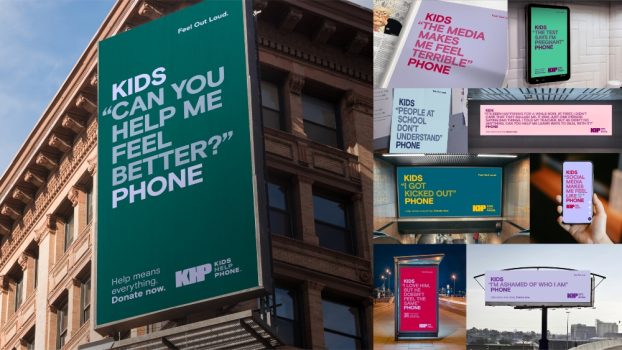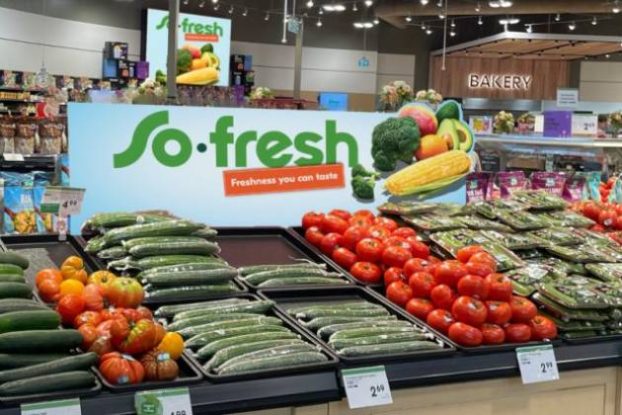By Will Novosedlik
When it comes to cannabis in Canada, a category heavily restricted in its use of mass communications, which types of branding and marketing make a difference?
Rebecca Brown is founder of Crowns, a full-service creative agency specializing in cannabis since March of 2018, six months before legalization. “I would’ve expected that at this stage of the game, five years into a national market, we’d be doing more campaign work,” says Brown. Instead, most of her firm’s revenue is from branding new entrants, and only a small percentage of her fees are for supporting new brands once they’re in play.
More consolidation was expected by now, which would have meant larger players, bigger marketing budgets, more senior marketing talent and more campaigns. That hasn’t happened – cannabis remains a highly fragmented market.
According to Paul Lawton, co-founder of cannabis creative agency Sister Merci: “It’s very hard to market cannabis. Brand awareness is still low. People don’t really know what brands to ask for, so they rely on the recommendations of their friends or their budtenders.”
Lawton says that many bigger players – impatient that growth is taking too long and that their stock prices are too low to attract investment – have fired their creative and marketing teams in favour of direct sales. “When they hear consumers say ‘my budtender recommended it to me,’ that’s their cue to shift the focus to sales activations and shopper marketing tactics.”
Dave Bigioni, a senior marketer who built his reputation with tier one brands like Molson Coors and TD Bank, made a well-publicized move back in 2017 when hired for the CMO role – and later chief commercial officer – at Canopy Growth. It made sense that the category’s leading player would recruit an award-winning marketer from a global beverage brand.
He didn’t get much of a chance to apply his considerable marketing chops due to a mass layoff of 800 employees in 2020. So he understands the market. “It’s all about who owns the cannabis customer, and right now that’s retail,” says Bigioni. “The people who the customers relate to directly are the budtenders. So they are the gatekeepers. They own the customer relationship.”
Bigioni explains that cannabis is similiar to the wine category: very fragmented and complex. People need guidance, and the budtenders are the ones who provide it. So LPs need to educate budtenders on their product for the next time they are in a position to recommend it to a customer.
Email campaigns are among the tactics that Lawton finds surpisingly underutilized. “They’re not sexy, but they work,” says Lawton. “It’s a way to continually reinforce your brand message. And the really smart cannabis marketers are starting to create plans that integrate sales activations with PR, and using the activations to get email addresses in exchange for swag so that they can continue to build that relationship with customers.”
Lawton is also seeing social channels like Twitter and Reddit take advertising dollars from Canadian cannabis companies. In the case of the latter, it can promote a post and target it at people who are reading cannabis-related subreddits.”
There are also clever ways to campaign. Back when 48North launched, it used billboards to get people to sign up for their mailing list. Sister Merci did a campaign for Hexo’s UP brand that took one star cannabis reviews from sites like Leafly and used print and social to apologize directly to individual reviewers for how bad the weed was in the early days of legalization.
Contrary to what economists will tell you, the market is not populated by people making rational decisions about what to buy. Brown says cannabis brands that use their names to suggest a fantasy have enjoyed some success. “The brand ‘Back 40’ is a great example,” she says. “The name conjures up a place where you go to get away from it all, a place where you can hang with friends, have a toke and chill out.” The brand is currently a top seller.
Another path to promotion is through thought leadership. Media company ADCANN started out developing cannabis content as a passion project. CEO Cody Hicks and his partner Colin Bambury created a business model that combines a publishing enterprise with a creative consultancy. Over the past three years, they built a reputation as cannabis experts with content that examines the industry from all angles, posting interviews with industry players and even starting an annual marketing awards program. Aside from blogs, they publish the Cannabis Brand Marketing Guide, an annual reference for both LPs and retailers on things like how to build a brand, how to create a website or run social media. After releasing the Cannabis Retail Marketing Guide, retailers asked them to help with execution, so ADCANN launched a creative arm called grnhouse.
“I built out this process where as soon as a retail store received their RSA, they would come to us, and we would build their brand for them,” explains Hicks. After creating websites and templates for social media and email marketing, clients could choose to run everything themselves or have grnhouse do so.
Many retailers opted to take the material and have a budtender run with it. LPs began to notice that grnhouse had an extensive network of relationships with retail stores. The firm was then able to leverage those relationships to start offering sales and marketing services to LPs.
Hicks observes that the constraints placed on branding and marketing in this sector have the benefit of driving creative solutions. The next frontier from his perspective is programmatic, which will enable brands to gather all kinds of useful information using location and POS data. And ultimately, he says, this is an industry that’s going to be solved by younger cohorts. “With their ability to navigate the ever-changing technological landscape, they will transcend the marketing restrictions unique to cannabis in Canada.”
























